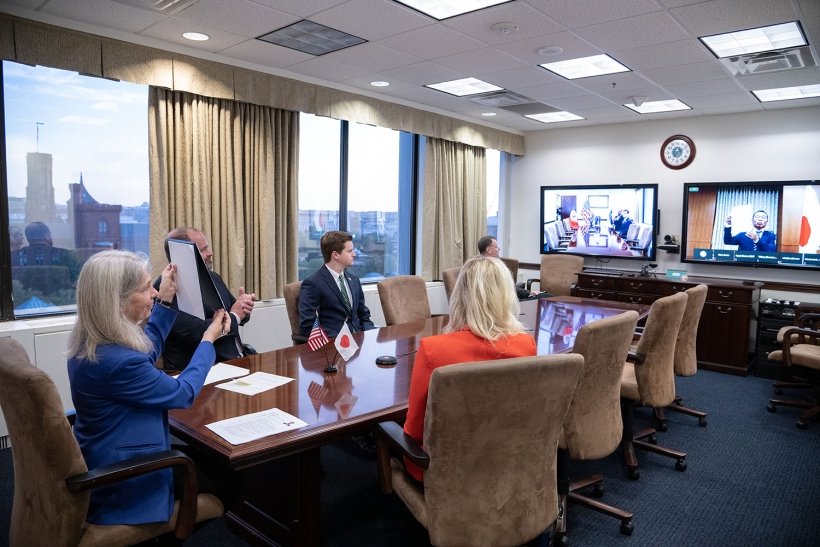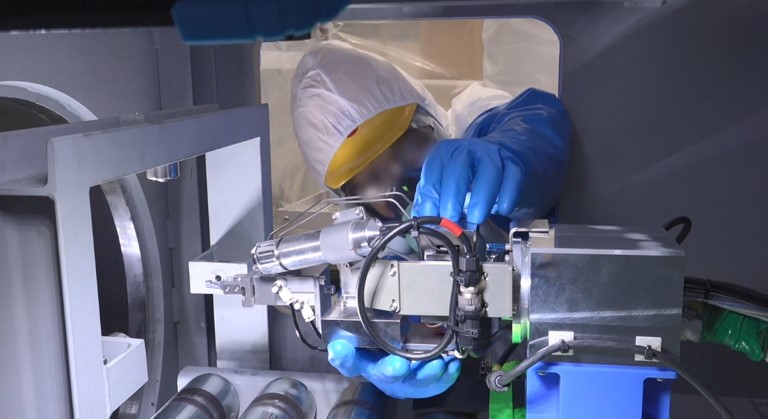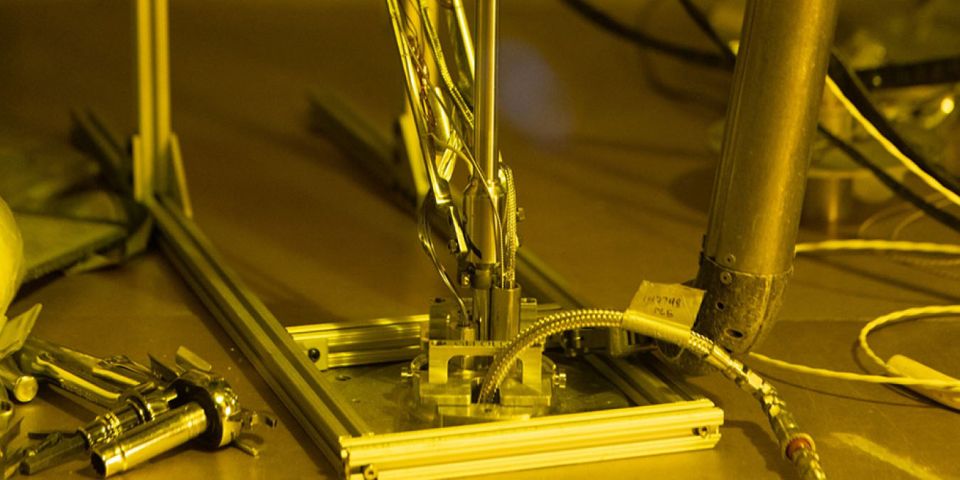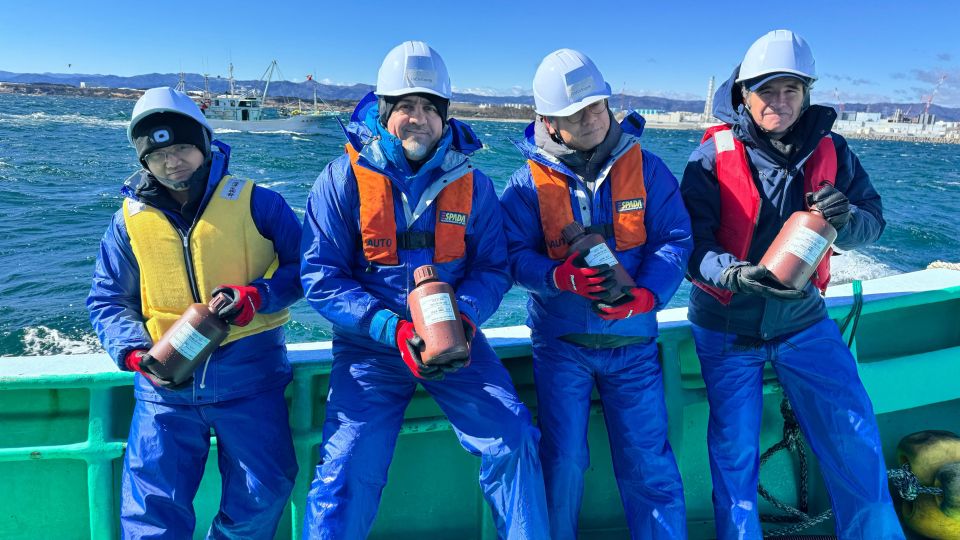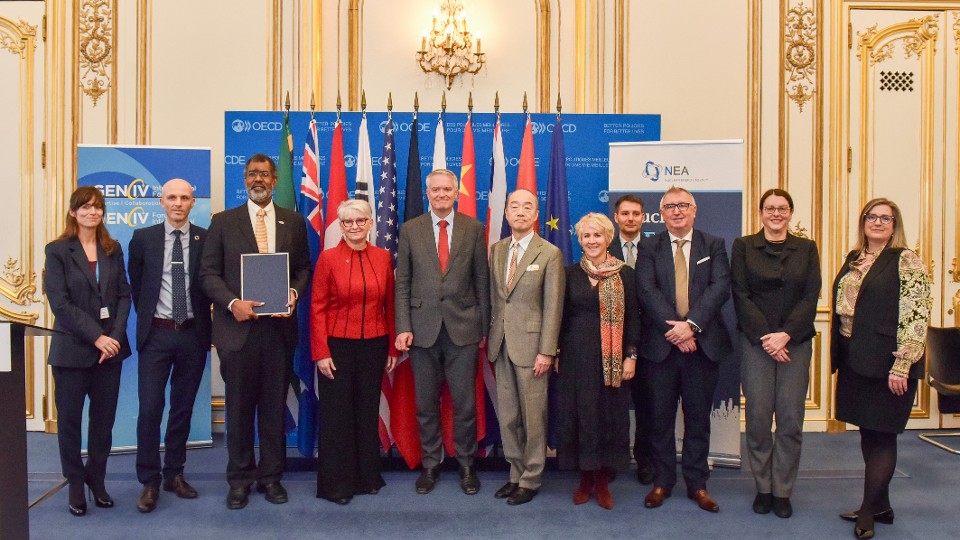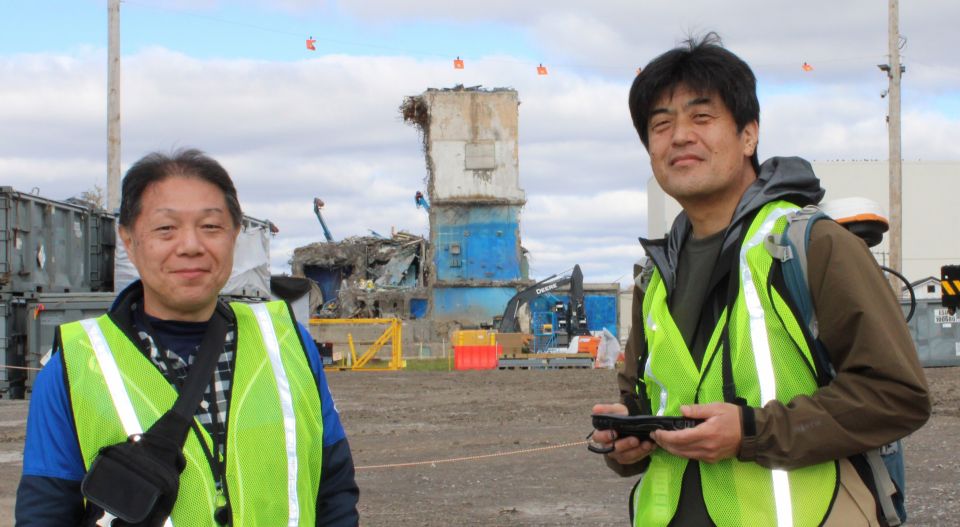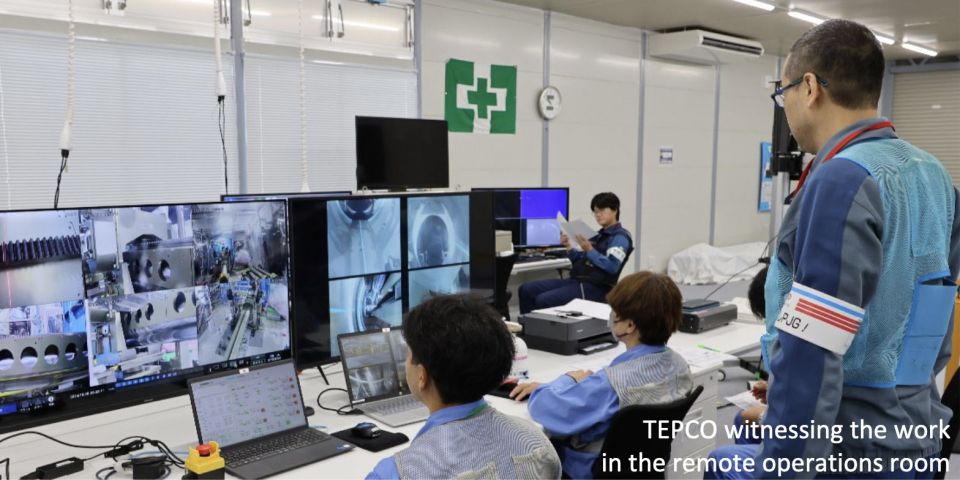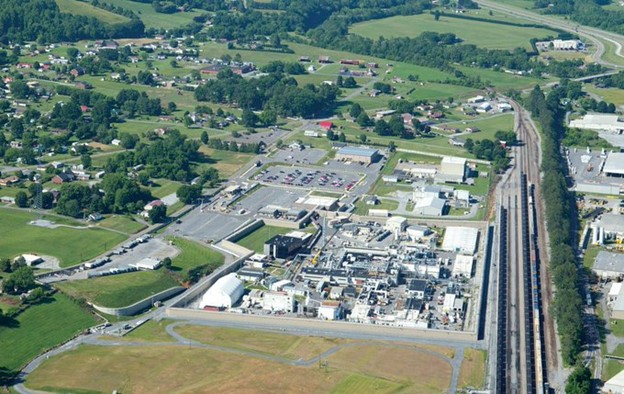NNSA administrator Jill Hruby (left) holds up the signed MOU on HEU conversion during the agency’s virtual meeting with Japan’s MEXT. (Credit: NNSA)
The Department of Energy’s National Nuclear Security Administration (NNSA) has signed a memorandum of understanding with Japan’s Ministry of Education, Culture, Sports, Science, and Technology (MEXT). The MOU describes their commitment to convert the Kindai University Teaching and Research Reactor (UTR-KINKI) from high-enriched uranium fuel to low-enriched uranium fuel. The nuclear nonproliferation–related agreement also calls for the secure transport of all the HEU to the United States for either downblending to LEU or disposition.
Removing the HEU: In March of this year, all HEU from the University of Tokyo’s Yayoi Research Reactor, the Japan Atomic Energy Agency’s Deuterium Critical Assembly, and the JAEA’s Japan Research Reactor was removed and transported to the United States. And in August, all HEU was removed from the Kyoto University Critical Assembly As such, the UTR-KINKI is the last remaining HEU-fueled nuclear research reactor in Japan. These removal projects have advanced the mutual U.S.-Japanese goal of reducing HEU around the world to prevent it from being used to produce improvised nuclear weapons.
Nonproliferation milestones: In the virtual signing ceremony with NNSA and MEXT officials, NNSA administrator Jill Hruby observed that the new MOU “is the latest accomplishment in a remarkable year of U.S.-Japan nonproliferation milestones. We appreciate our close bilateral relationship with Japan and look forward to announcing the completion of this latest commitment in the coming years.”
According to the NNSA press release, the agency’s Office of Material Management and Minimization has so far “converted or verified the shutdown of 108 research reactors and medical isotope production facilities and removed or confirmed the disposition of nearly 7,275 kilograms of weapons-usable nuclear material—enough for approximately 325 nuclear weapons.”
